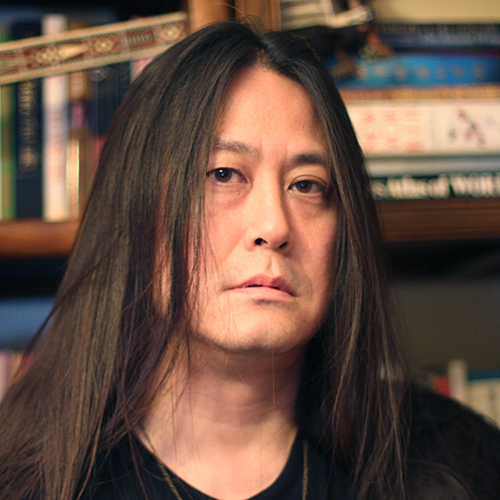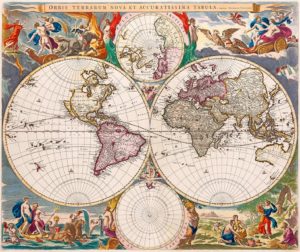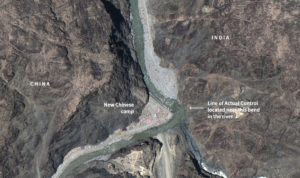When did Chinese people start to self-identify as ‘Han’?

This week’s column comes from one of Kaiser’s answers originally posted to Quora on May 9, 2015:
When and how did the dominant ethnicity in China come to be known as “Han Chinese”?
I’ve seen claims that the ethnonym “Han” is an early-20th-century invention by late Qing anti-Manchu revolutionaries. But I’ve also seen claims that it goes back as far as the historical dynasty (which formally ended in AD 220); the Wikipedia article on Han Chinese traces it back that far.
In the four-tiered quasi-caste system used by the Mongols during the Yuan Dynasty (AD 1271–1368) the northern Chinese were called the Hànrén (汉人), occupying a third caste, below the Mongols themselves, and below the non-Mongolian Central and West Asians, the Sèmùrén, 色目人 (probably short for gèsè gèmù rén 各色各目人, meaning “assorted categories”). I think we can take it back at least that far — not, probably, with the precisely same ethnonym that we now see, but it probably did refer to sedentary agriculturalists of an East Asian phenotype — straight black hair, epicanthic eye fold, relatively low nose bridge — who spoke a Sinitic language and partook in other aspects of recognizably Chinese culture.
My own guess is that it must go back as far as the Era of Division (the Three Kingdoms and the Six Dynasties and 16 Kingdoms) that followed the collapse of Han. Generally all that’s required for an ethnic group to acquire an identity, which usually attaches to a name, is the presence of an “other,” and in that period, pastoral nomads to the north and west with a distinctly different lifestyle, culture, language, religion, and social structure were a constant presence. That they would have used “Han” to self-identify seems to me very logical: It was, after all, the last great dynasty to have ruled the entirety of the Chinese civilizational sphere.
Also see:
Kuora: On the idea that China is a civilization, not a nation-state
Kuora is a weekly column.






